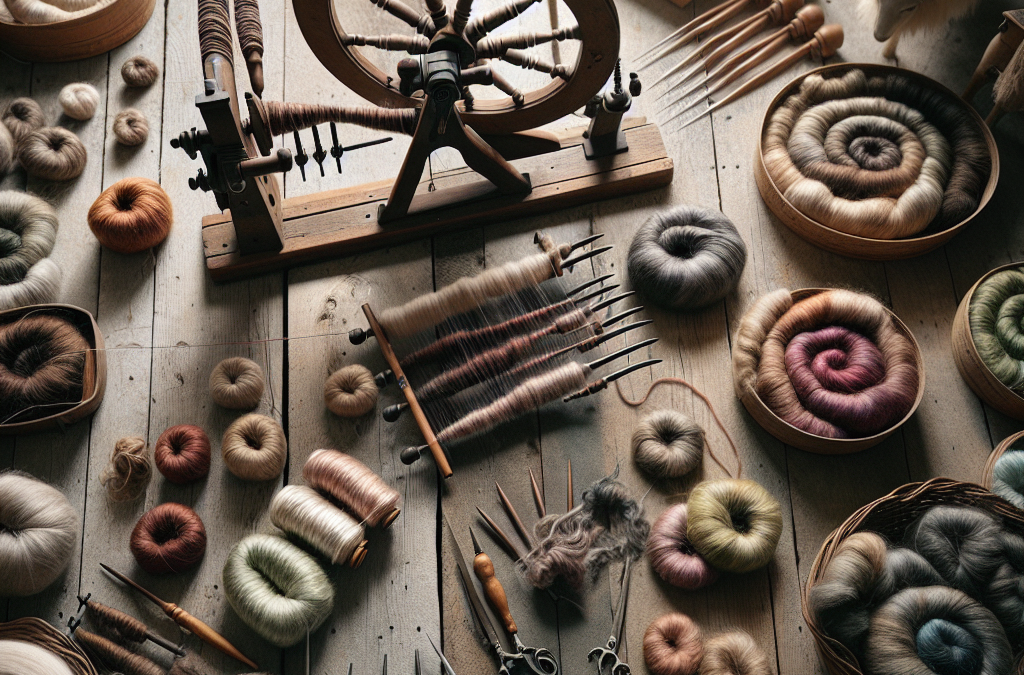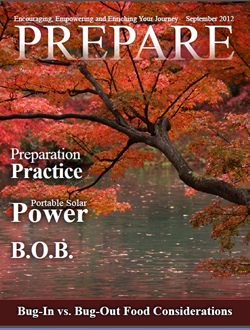Understanding Fiber Types
Natural vs. Synthetic Fibers
When I first started spinning yarn, the choice of fiber types totally baffled me. It’s like walking into an all-you-can-eat buffet with no idea what dish to pick. There are natural fibers like wool, cotton, and alpaca, and then there are synthetic options like acrylic which, while often cheaper, just don’t have the same charm. Each fiber type offers a different feel and texture; for instance, wool is warm and bouncy, while cotton is smooth and cool against your skin.
Choosing between natural and synthetic fibers is really a personal preference. I eventually gravitated toward natural fibers because I love their unique properties. Wool is super forgiving, helping you learn without getting discouraged. And there’s something magical about working with a fiber that feels alive and breathing!
If you’re just dipping your toes in, I’d suggest starting with wool. Its elasticity helps hide little mistakes you make along the way. Plus, wool is widely available—no need to hunt for rare fibers when you’re just getting started.
Choosing the Right Fiber for Your Project
So, once you’ve decided on natural or synthetic, the next thing is to choose a specific type of fiber for your project. You might want to consider what you’re spinning for. Are you after a cozy warm scarf? Then maybe soft merino wool is your best bet. If you’re crafting something for summer wear, perhaps cotton will be more up your alley.
To make this decision easier, ask yourself a couple of questions: What’s the final look and feel you’re going for? How will the finished item be used? If durability is key, you might choose a sturdier fiber blend. If comfort is what you’re after, go for something softer.
Experimenting with different fibers is part of the fun! I often try little sample batches with different fibers just to see how they spin and what final texture they create. It’s all about finding your personal style and preference.
Preparing Your Fiber
Okay, so you’ve picked your fiber, now it’s time to prep it. Preparing your fiber is like setting the stage before an epic play—everything needs to be just right. Depending on whether you have raw fleece or pre-dyed roving, the preparation process can differ. If you’re starting with raw fleece, washing it to remove grease and debris is step one. Trust me, this step is not to be skipped!
Once clean, carding the fleece is next. Carding helps separate and align the fibers, making them easier to spin. I use a pair of hand carders, which feels pretty zen, to be honest. It’s like giving your fibers a happy little fluff before the big show.
With prepared fiber, you’re all set for spinning! The more time you spend on this stage, the better your yarn will turn out. Plus, it’s a great way to get to know your material intimately!
Understanding Spinning Techniques
Drafting Roving
Drafting is one of the most crucial skills you’ll learn, and honestly, it can feel like trying to walk a tightrope at first. In a nutshell, drafting is how you pull out thin strands from your fiber prep. But fear not, practice makes perfect here! I remember my first few clumps turning into a total mess, but that was all part of the journey.
The key is to find a rhythm. Start with a thicker draft and gradually work your way to thinner strands as you gain confidence. It’s all about making consistent, even yarn. I often find myself humming a little tune to keep the tempo—whatever keeps your mood light!
Staying relaxed is another tip I swear by. If you’re tense, your draft will be too. So take a deep breath, and just enjoy the process of creating something unique!
Spinning the Yarn
Now comes the fun part—actually spinning that fiber into yarn! I usually start on my spinning wheel and get comfy; trust me, comfort is key here. Position your fiber where it’s easy to reach and gently treadle to get the wheel moving. The fiber will start to twist, and before you know it, you’ll have a lovely skein of yarn forming.
It took me some time to find the right balance between tension and speed. A slightly loose tension can give you a thicker, airier yarn, while tighter tension leads to a finer outcome. Experimenting is essential, and don’t stress if things don’t turn out perfect on the first try!
Don’t forget to give yourself breaks, too. It’s easy to lose track of time when you’re spinning away, but after a while, your back will remind you to take a breather! Enjoy those moments, and it will make your spinning journey all the more delightful.
Finishing Your Yarn
When the spinning is all done, it’s time to wrap up your masterpiece! The finishing process typically involves washing your yarn and setting the twist. For me, this is the moment of truth where all the hard work becomes tangible. I soak my skein in lukewarm water with a bit of gentle soap, treat it like a delicate flower.
After it’s clean, I let it air dry. I absolutely love this part; seeing the yarn hang there, absorbing the beauty of its creation is such a rewarding sight. You might even give it a twist through a gentle tension to help set its shape. Just be cautious, as over-tension can lead to unevenness.
Finally, evaluate your yarn. You might find some spots you want to improve on your next project, but hey, that’s how we grow! This reflection is what keeps this craft fresh and exciting.
Creating Projects with Your Yarn
Choosing Your First Project
After all that spinning, the next question is what to create with your new yarn! If you’re like me, you just want to dive right into something. I recommend starting with simple projects like a scarf or a dish cloth, where you can really appreciate the beauty of your creation without the stress of complicated patterns.
Before you begin, consider the weight and texture of your yarn. Heavier, thicker yarns are perfect for cozy projects, while thin yarns work best for delicate pieces. I love to knit, so I often pull out my needles and get going, but crochet projects are equally delightful!
Remember, there’s no rush! Choose something that brings you joy, and take your time. Making your own yarn transforms a craft into a cherished connection with each piece—the joy you feel will only amplify as you wear or gift that finished project.
Experimenting with Different Patterns
Once you get the hang of your first project, don’t hesitate to try out some fun patterns! Experimenting is what this craft is all about, and it’s a fantastic way to keep learning. I often browse through pattern books or online forums for ideas, feeling inspired by the creativity of others.
Trying new textures, colors, and stitches can breathe life into your creations. Mixing and matching will also give you the chance to see how your yarn reacts in different scenarios, which is a part of mastering your craft.
And don’t forget to share your experiences—there’s an amazing community of yarn lovers out there ready to cheer you on and exchange ideas. It keeps the craft alive and meaningful!
Sharing Your Yarn Creations
Once you’ve created something you’re proud of, sharing it feels like the icing on the cake! Whether it’s with friends or on social media, showcasing your work brings a joy that’s hard to describe. It inspires others to try spinning and creates a lovely sense of community.
Local yarn shops often have spaces for sharing or even groups where you can show off your finished pieces. I once attended a community knit night, and the atmosphere was incredible. Everyone brought their own projects, and the excitement was contagious!
So, don’t be shy! It’s amazing how much support and enthusiasm you can find when you step out of your comfort zone. Your journey in yarn spinning isn’t just your own; it’s an adventure waiting to be shared with the world!
Frequently Asked Questions
1. What equipment do I need to start spinning yarn?
To get started, you’ll need a spinning wheel or a spindle, and some fiber to work with. Basic tools like hand carders can be helpful for prepping your fiber too!
2. Is hand-spinning yarn difficult?
It can be a bit tricky at first as you develop your skills, but it’s totally rewarding! The more you practice, the easier it will become. Don’t worry about errors; they are just learning experiences!
3. How long does it take to spin yarn?
The time varies depending on your skill level and the project, but spinning one skein can take a few hours. Plus, you might find yourself spun up in the process—it can be quite addictive!
4. Can I mix different fiber types?
Absolutely! Mixing fibers can create unique textures and blends. Just be aware of their different properties when you spin, as it can affect how the yarn behaves.
5. What can I make with my hand-spun yarn?
The possibilities are endless! You can knit, crochet, or weave with your yarn—consider making scarves, hats, or even home decor. It’s all about what inspires you!
Related Content
- The Joy of Raising Chickens: Tips for Starting Your Own Backyard Flock
- Home Gardening 101: Everything You Need to Know About Growing Your Own Vegetables
- How to Grow Organic Vegetables Without Breaking the Bank
- Top 6 Tips For Organic Tomato Gardening
- How to Start Your Own Organic Garden: A Beginner’s Guide





